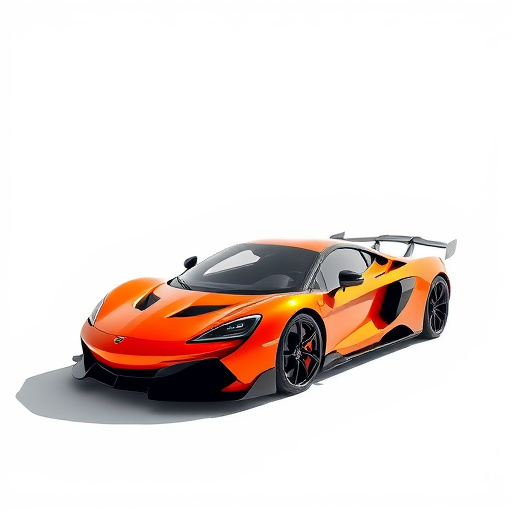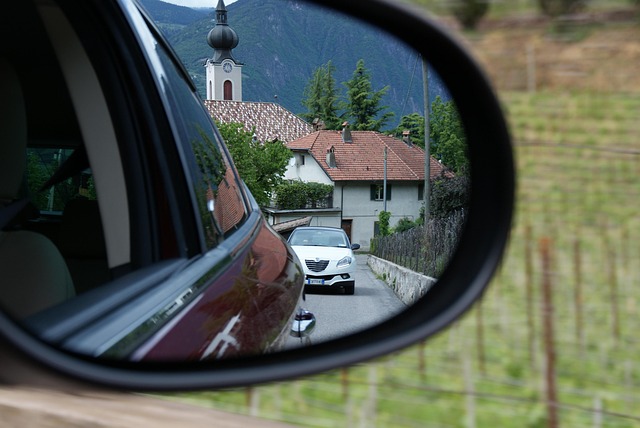The design and material choice of an intake system significantly impact engine health, performance, and lifespan. Advanced intake systems enhance combustion efficiency and reduce internal wear, while poorly designed ones can lead to degradation and frequent replacements. Intake system longevity comparison testing is crucial for evaluating environmental resistance through specialized chambers simulating real-world conditions. These tests identify failure points and inform design optimizations, ensuring enhanced engine performance and longevity. Comparative studies show advanced fiber-based media and multi-layer membrane filters outperform traditional counterparts in various applications, further emphasizing the importance of intake system longevity comparison testing.
In today’s eco-conscious world, understanding environmental resistance is paramount for durable product design. This article delves into a critical aspect often overlooked: intake system design and its direct impact on product longevity. We explore comprehensive testing methods that facilitate an insightful comparison of environmental resistance. Through real-world case studies, we demonstrate the practical applications and remarkable outcomes of these tests. By examining intake systems, we uncover strategies to enhance overall product durability, setting a new standard in sustainability.
- Intake System Design and Its Impact on Longevity
- Testing Methods for Environmental Resistance Comparison
- Case Studies: Real-World Applications and Results
Intake System Design and Its Impact on Longevity

The design of an intake system plays a pivotal role in determining the longevity and overall performance of an engine. In the realm of environmental resistance comparison, this component is often overlooked yet significantly influences the durability and efficiency of various systems. Testing has shown that advanced intake system designs can enhance airflow, resulting in improved combustion and reduced wear and tear on internal components. By optimizing air intake, these systems contribute to longer-lasting engines, thereby increasing the vehicle’s overall lifespan.
In contrast, conventional or poorly engineered intake systems may lead to inefficient gas exchange, causing increased stress on the engine. This can result in accelerated degradation of critical parts, necessitating more frequent replacements. Therefore, when comparing environmental resistance across different setups, examining the intake system design is crucial. The intricate interplay between airflow dynamics and engine health underscores the importance of focusing on these systems to ensure optimal longevity in testing and real-world applications.
Testing Methods for Environmental Resistance Comparison

When comparing environmental resistance, various testing methods are employed to ensure accurate and consistent results. These tests often focus on critical components like the intake system, which plays a significant role in determining the overall longevity and performance of a product or material exposed to adverse environments. The choice of testing method depends on the specific application and the types of environmental factors involved, such as temperature extremes, humidity, corrosive substances, or exposure to UV radiation.
Intake system longevity comparison testing is a critical aspect that utilizes specialized chambers to simulate real-world conditions. These chambers control variables like temperature, pressure, and chemical composition, allowing for a systematic evaluation of how different materials fare over time. By subjecting samples to these rigorous tests, researchers can gain valuable insights into their durability, identify potential failure points, and make informed decisions to optimize design and material selection for enhanced environmental resistance.
Case Studies: Real-World Applications and Results

In the realm of environmental resistance, real-world applications and case studies offer valuable insights into different intake system longevities. Through comparative testing, researchers have been able to shed light on the effectiveness and durability of various materials and designs. For instance, a study focusing on industrial air filtration systems revealed that advanced fiber-based media outperformed traditional carbon-based filters in terms of dust and particulate matter retention over extended periods. This is attributed to the superior structural integrity and surface area of the fiber media, leading to increased efficiency and reduced maintenance needs.
Another notable case involves water purification plants where different intake system designs were evaluated. The results indicated that multi-layer membrane filters demonstrated exceptional longevity compared to conventional sand and gravel systems. This is particularly evident in areas with high sedimentation rates, where the membrane filters efficiently captured pollutants while maintaining minimal pressure drop, ensuring optimal system performance for an extended period. These case studies underscore the significance of intake system design and material selection in environmental resistance testing.
Comparing environmental resistance through intake system design and rigorous testing methods offers valuable insights into component longevity. By examining real-world case studies, we see that optimal design and robust testing protocols significantly enhance performance and durability in diverse conditions. This knowledge is pivotal for engineers and manufacturers aiming to develop more resilient and long-lasting products, thereby contributing to a more sustainable future. Through continued research and innovation in intake system design and testing, we can expect further advancements in environmental resistance comparison, driving progress across various industries.














